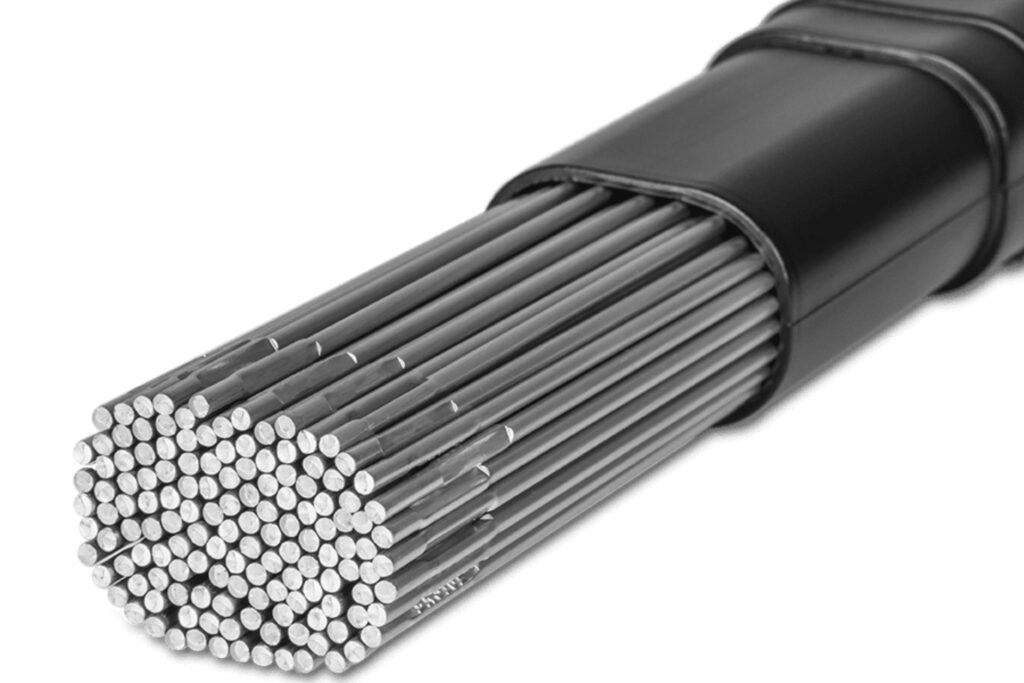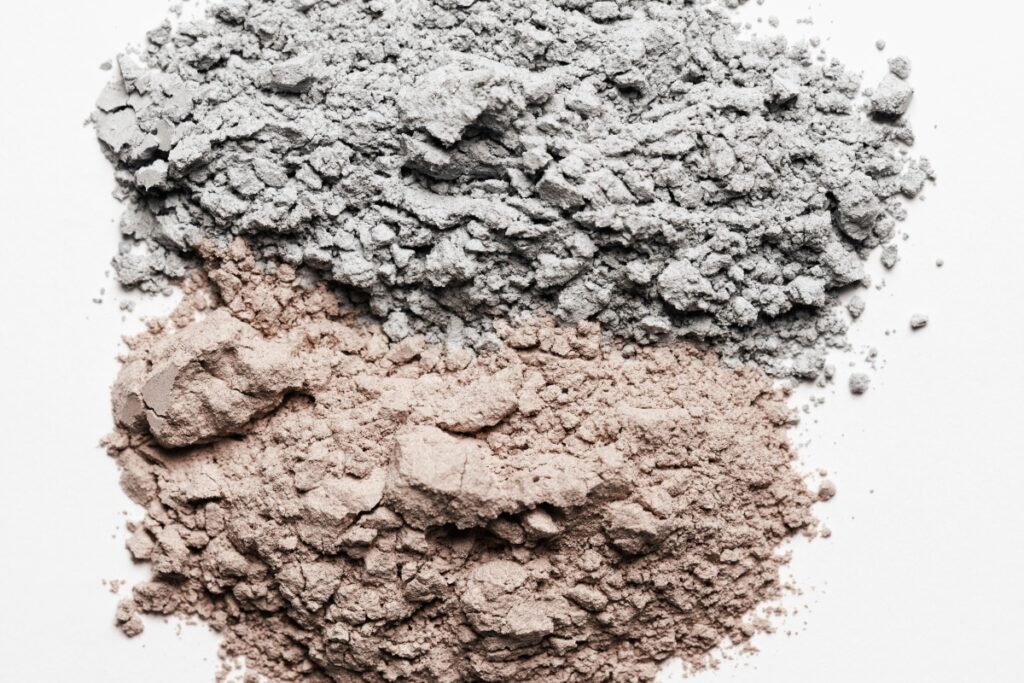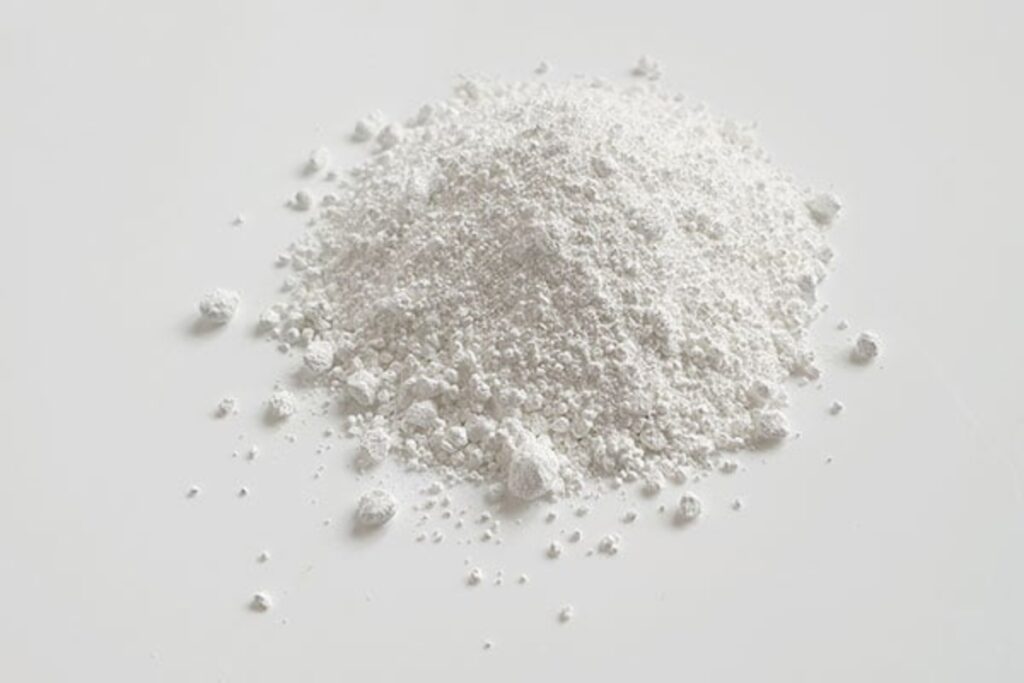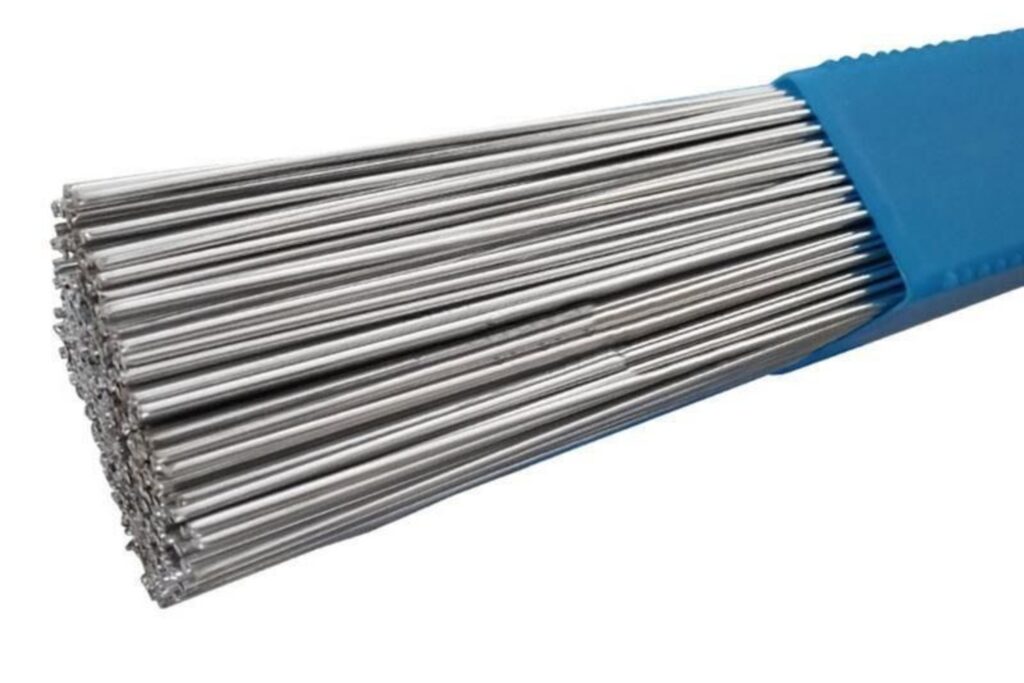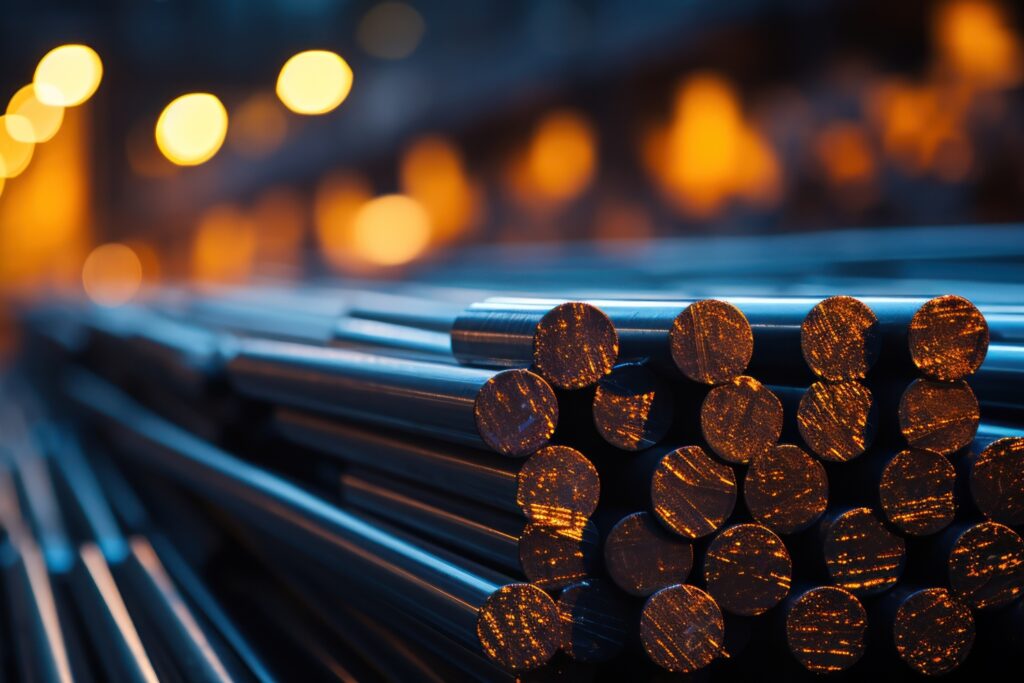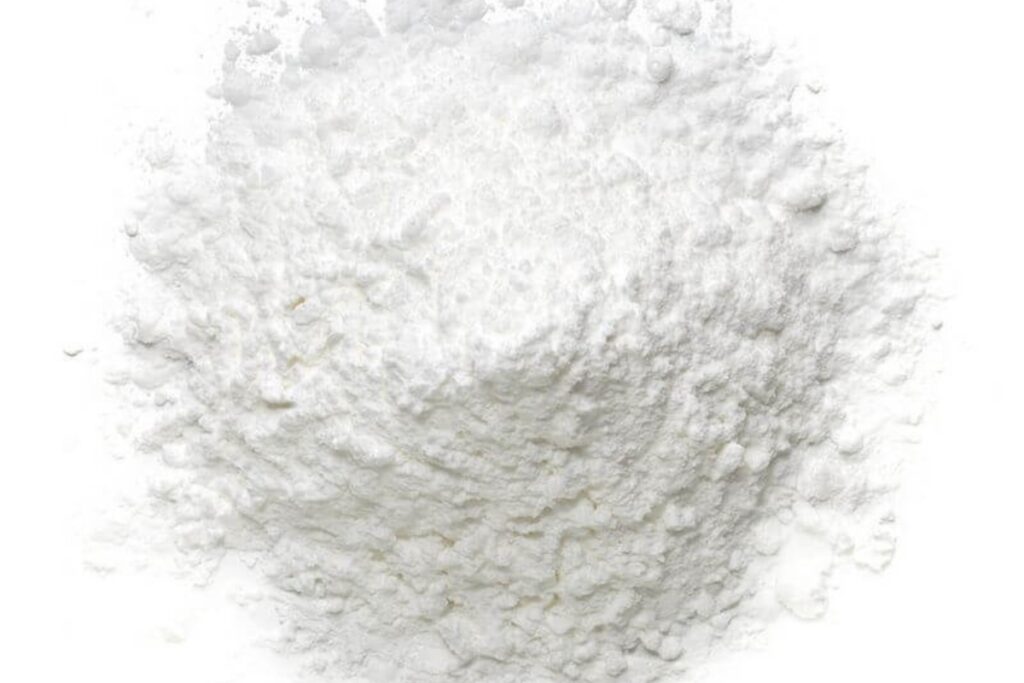Rutile Sand
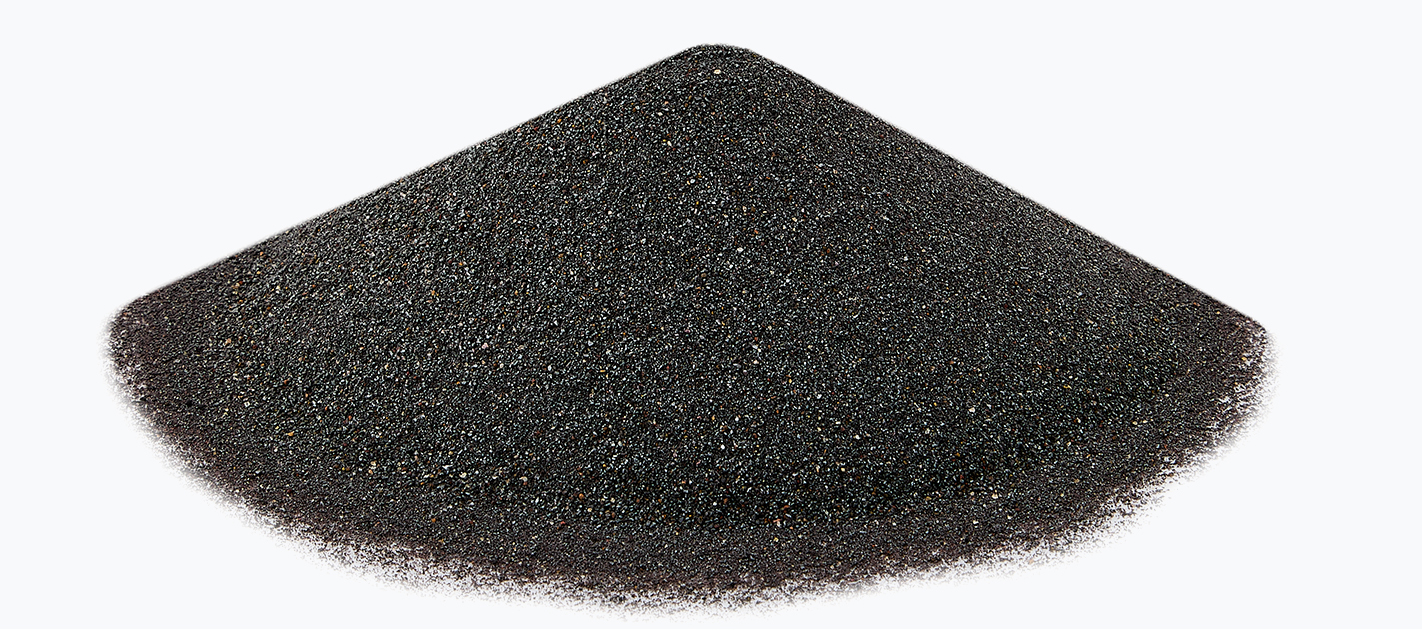
Rutile, a mineral composed primarily of titanium dioxide (TiO2), stands as a cornerstone in various industrial applications, owing to its unique properties and abundance in nature. With its widespread occurrence, rutile serves as a crucial raw material for the production of chloride titanium dioxide pigment, essential in numerous manufacturing processes for welding electrodes.
There are many variations of passages of Lorem Ipsum available, but majority have suffered alteration in some form, by injected humour, or randomised words which don't look even slightly believable.
The genesis of rutile often traces back to its concentration in “heavy mineral sands,” where natural processes such as stream and wave action facilitate its accumulation. These sands, found in both onshore and offshore deposits worldwide, serve as primary reservoirs for rutile extraction. Much of the global rutile production stems from these abundant mineral sands.
Notably, rutile boasts a high specific gravity, facilitating its concentration during mining processes. The TiO2 content in rutile extracted from mineral separation plants consistently surpasses 95%Tio2, affirming its significance in various industrial processes.
In essence, rutile emerges as a vital component in industrial landscapes, contributing to the production of essential materials such as titanium dioxide pigment.
Natural Rutile:
- Source: Natural rutile is mined from mineral deposits, primarily found in heavy mineral sands. These sands are rich in various heavy minerals, including rutile, ilmenite, zircon, and others
- Composition: Natural rutile is composed primarily of titanium dioxide (TiO2), with small amounts of impurities such as iron oxide (Fe2O3) and other transition metal ions.
- Characteristics: Natural rutile typically exhibits a range of colors, including colorless, white, brown, red, or yellow, depending on the presence of impurities. It may contain mineral inclusions and display pleochroism.
APPLICATION


Welding Electrodes:
Rutile is an essential component in welding flux formulations, where it serves as a coating on welding electrodes. This coating aids in stabilizing the arc, improving weld quality, and protecting the molten metal from atmospheric contamination. Rutile-containing fluxes are commonly utilized in both manual and automated welding processes across various industries.
Titanium Dioxide Pigment:
Rutile is a primary source material for the production of titanium dioxide pigment. This pigment, derived from rutile through various processing techniques, is extensively used in the manufacturing of paints and other materials. Rutile-based titanium dioxide pigments offer superior opacity, brightness, and UV resistance, making them indispensable in numerous applications.
CHEMICAL COMPOSITION
Grade : Rutile 95% Guaranteed
| TiO2 | 95% Min |
| SiO2 | 1.2% Max |
| S | 0.003% Max |
Grade : Rutile 92% Guaranteed
| TiO2 | 92% Min |
| SiO2 | 1.5% Max |
| S | 0.005% Max |
Grade : Rutile 90% Guaranteed
| TiO2 | 90% Min |
| SiO2 | 2% Max |
| S | 0.007% Max |
Grade : Leucoxene 88% Guaranteed
| TiO2 | 88% Min |
| SiO2 | 2% Max |
| S | 0.005% Max |

